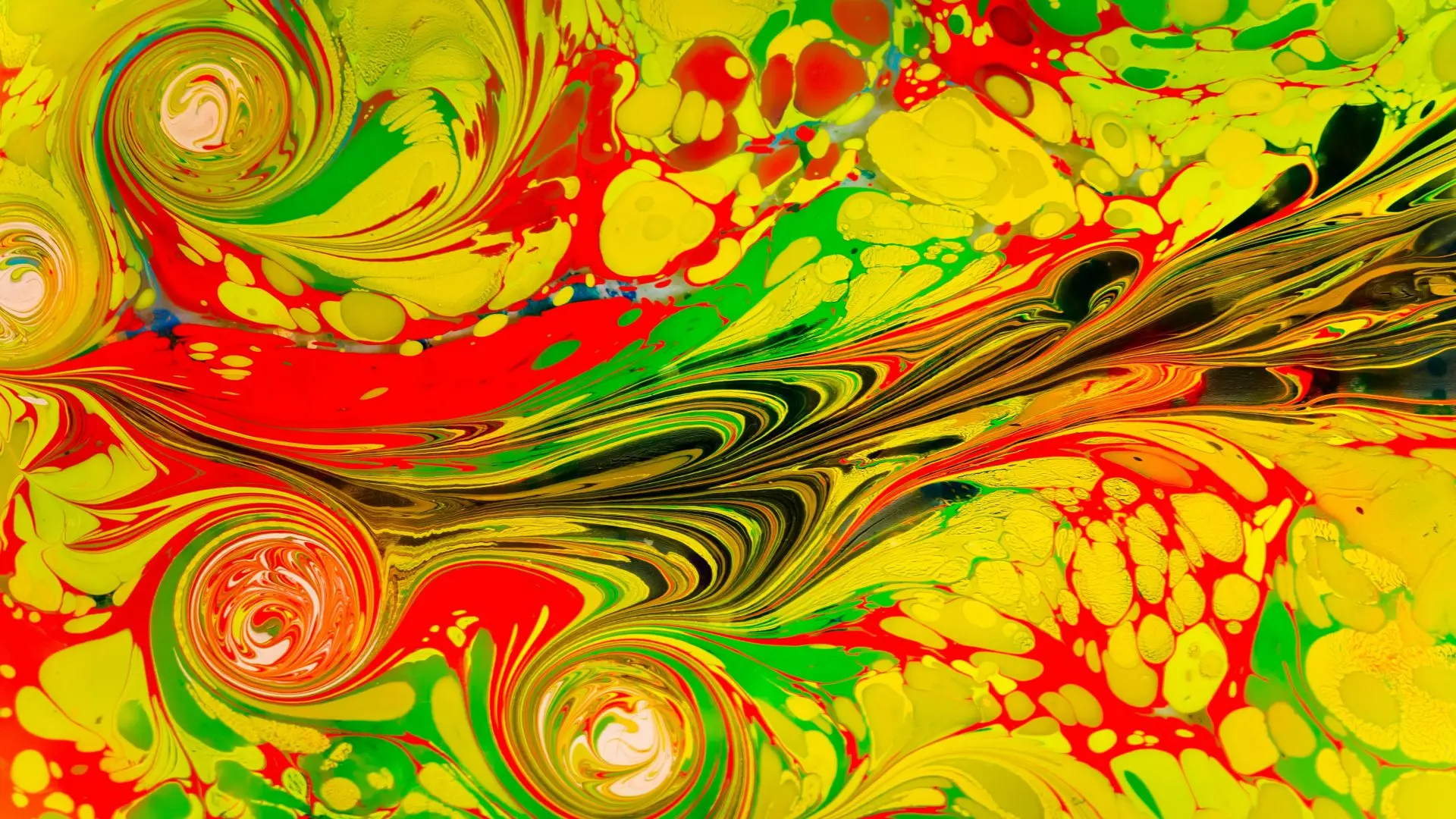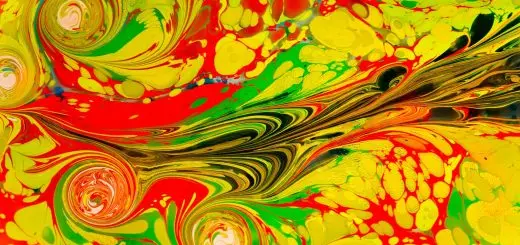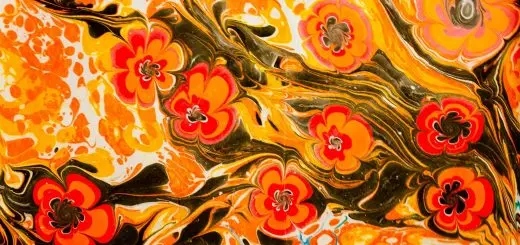Visionary Plant Medicines in Shamanism

Looking for more amazing products? Check out our online store and explore our collection here! Happy shopping!
Before diving in, please note: This post is for informational purposes only. If you’d like to know more about how we approach topics, feel free to check out our friendly Disclaimer Page.
Hey there, amazing readers! 
We’re committed to delivering quality posts, and your support (even just sticking around despite the ads) means everything to us. So, bear with us, and thanks for helping us keep the good vibes rolling. Now, on to the fun stuff!
TRANSLATE BUTTON AT THE END OF THE ARTICLE
A Quick Overview
Visionary plant medicines have played a significant role in shamanic practices for centuries, offering a gateway to altered states of consciousness and spiritual experiences.
These powerful plants are believed to hold healing properties that can help individuals connect with the divine, nature, and their inner selves.
From traditional indigenous rituals to contemporary healing practices, the use of visionary plant medicines has evolved but remains rooted in the belief that these plants possess profound wisdom and the ability to facilitate transformation.
This article will explore the history, uses, effects, and controversies surrounding visionary plant medicines in shamanism.
The Role of Visionary Plant Medicines
Visionary plant medicines, such as ayahuasca, peyote, and psilocybin mushrooms, are revered for their ability to induce altered states of consciousness that allow individuals to access deeper levels of awareness.
Shamanic traditions often incorporate these plants into rituals and ceremonies as a means of connecting with the spiritual realm and receiving guidance from higher powers.
The use of these plant medicines is seen as a way to heal physical, emotional, and spiritual ailments, as well as to gain insight into one’s purpose and place in the universe.
History of Plant Medicines in Shamanism
The use of visionary plant medicines in shamanism dates back thousands of years, with indigenous cultures around the world incorporating these plants into their healing practices.
In many traditions, shamans are seen as intermediaries between the physical and spiritual worlds, using plant medicines to communicate with spirits, ancestors, and other beings.
These practices have been passed down through generations, with each culture developing its unique rituals and ceremonies surrounding the use of visionary plants.
Ethnobotanical Knowledge and Practices
Ethnobotanical knowledge forms the foundation of shamanic plant medicine practices, with indigenous cultures possessing a deep understanding of the healing properties of various plants.
These traditions are often based on centuries of observation, experimentation, and spiritual guidance, leading to the development of complex rituals and ceremonies that honor the plants and the spirits they represent.
Shamans are trained in the use of these plants through apprenticeships and direct experience, passing down their knowledge to the next generation.
Traditional and Contemporary Shamanic Uses
In traditional shamanic practices, visionary plant medicines are used in healing ceremonies, divination rituals, and spiritual quests to connect with the spirit world and receive guidance.
Contemporary shamanic practitioners have adapted these ancient traditions to suit modern contexts, incorporating plant medicines into psychotherapeutic settings, wellness retreats, and personal growth workshops.
The use of these plants has expanded beyond indigenous cultures, with people from diverse backgrounds seeking their healing properties for a variety of purposes.
Healing Properties of Visionary Plant Medicines
Visionary plant medicines are believed to possess healing properties that can address physical, emotional, and spiritual imbalances.
Ayahuasca, for example, is often used to purify the body and mind, release past traumas, and gain clarity on life’s purpose.
Psilocybin mushrooms have been shown to alleviate symptoms of depression and anxiety, while peyote is used for spiritual insight and connection to the natural world.
These plants are seen as allies in the healing process, guiding individuals towards wholeness and transformation.
Impact on Consciousness and Perception
The use of visionary plant medicines can profoundly impact one’s consciousness and perception of reality.
These plants have the ability to dissolve ego boundaries, expand awareness, and reveal hidden aspects of the self.
In altered states induced by plant medicines, individuals may experience visions, insights, and profound emotions that can lead to deep personal growth and transformation.
The shift in consciousness brought about by these plants is often described as a journey into the unknown, where the boundaries between the self and the universe blur.
Spiritual and Transpersonal Experiences
Visionary plant medicines are known for facilitating spiritual and transpersonal experiences that transcend the individual ego and connect one to a larger spiritual reality.
Many people report encountering spiritual beings, receiving messages from higher powers, and experiencing a sense of oneness with the universe while under the influence of these plants.
These experiences can be profound and life-changing, leading individuals to reevaluate their beliefs, values, and relationships in light of their newfound awareness.
Connection to Nature and the Divine
One of the central tenets of shamanic plant medicine practices is the belief in the interconnectedness of all beings and the divine nature of the natural world.
Visionary plant medicines are seen as a way to bridge the gap between humans and the rest of creation, fostering a sense of reverence, respect, and gratitude for the Earth and its inhabitants.
Many shamans view plants as sentient beings with their unique consciousness, wisdom, and healing powers, emphasizing the importance of honoring and protecting the natural world.
Integration of Plant Medicines in Healing
The integration of visionary plant medicines into healing practices requires a holistic approach that considers the physical, emotional, mental, and spiritual aspects of an individual.
Shamans and healers often guide individuals through the process of working with plant medicines, providing support, guidance, and integration techniques to help them make sense of their experiences.
Integration may involve journaling, meditation, therapy, and lifestyle changes to incorporate the insights gained from plant medicine journeys into daily life.
This process is essential for maximizing the healing potential of visionary plant medicines and ensuring lasting transformation.
Challenges and Controversies Surrounding Use
Despite the therapeutic benefits of visionary plant medicines, their use is not without challenges and controversies.
Legal and ethical issues surround the consumption of certain plant medicines, with concerns about safety, misuse, and cultural appropriation.
Some people may experience adverse effects or psychological distress from plant medicine experiences, leading to the need for responsible and informed guidance from experienced practitioners.
The commodification of plant medicines for profit has also raised concerns about the commercialization of sacred traditions and the exploitation of indigenous knowledge.
Research on Efficacy and Safety
In recent years, there has been a growing interest in research on the efficacy and safety of visionary plant medicines for therapeutic purposes.
Studies have shown promising results in the treatment of depression, anxiety, PTSD, and addiction using substances like psilocybin, ayahuasca, and MDMA.
Research into the neurobiological effects of these plants has revealed their potential to rewire neural networks, enhance cognitive function, and promote emotional healing.
However, more research is needed to understand the long-term effects and mechanisms of action of plant medicines fully.
Importance of Cultural Respect and Understanding
As the popularity of visionary plant medicines continues to grow, it is crucial to approach their use with cultural respect and understanding.
These plants are deeply rooted in indigenous traditions that have been passed down through generations, and their sacredness should be honored and preserved.
Cultural appropriation, exploitation, and misrepresentation of plant medicines can harm indigenous communities and dilute the wisdom and healing power of these sacred plants.
By approaching plant medicine practices with humility, respect, and a willingness to learn from indigenous cultures, we can ensure that these ancient traditions are preserved and respected for generations to come.
Conclusion
Visionary plant medicines hold a profound place in shamanic practices, offering a gateway to healing, transformation, and spiritual growth.
These powerful plants have been used for centuries by indigenous cultures to connect with the divine, nature, and the deeper aspects of the self.
From traditional rituals to contemporary healing practices, the use of visionary plant medicines continues to evolve, providing individuals with the opportunity to explore altered states of consciousness and gain profound insights into the nature of reality.
By approaching plant medicine practices with cultural respect, ethical consideration, and a commitment to integration, we can harness the healing potential of these plants while honoring their sacred origins.

The Enlightenment Journey is a remarkable collection of writings authored by a distinguished group of experts in the fields of spirituality, new age, and esoteric knowledge.
This anthology features a diverse assembly of well-experienced authors who bring their profound insights and credible perspectives to the forefront.
Each contributor possesses a wealth of knowledge and wisdom, making them authorities in their respective domains.
Together, they offer readers a transformative journey into the realms of spiritual growth, self-discovery, and esoteric enlightenment.
The Enlightenment Journey is a testament to the collective expertise of these luminaries, providing readers with a rich tapestry of ideas and information to illuminate their spiritual path.
Our Diverse Expertise
While our primary focus is on spirituality and esotericism, we are equally passionate about exploring a wide range of other topics and niches 

To ensure we provide the most accurate and valuable insights, we collaborate with trusted experts in their respective domains 
Our blog originally focused on spirituality and metaphysics, but we’ve since expanded to cover a wide range of niches. Don’t worry—we continue to publish a lot of articles on spirituality! Frequently visit our blog to explore our diverse content and stay tuned for more insightful reads.
Hey there, amazing reader! 
Check out our store here and take a peek at some of our featured products below! Thanks for being awesome!











